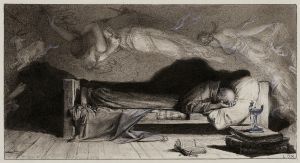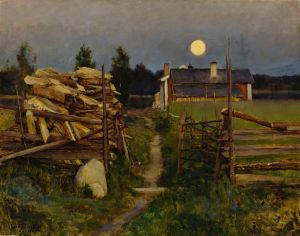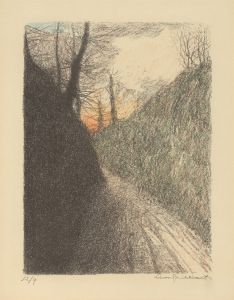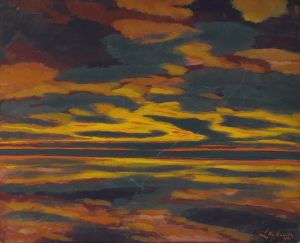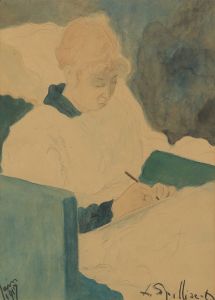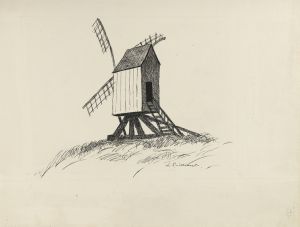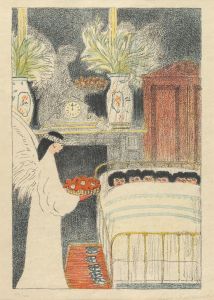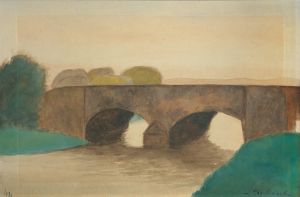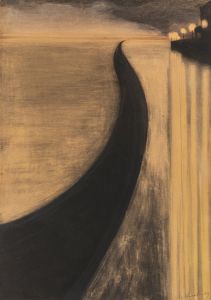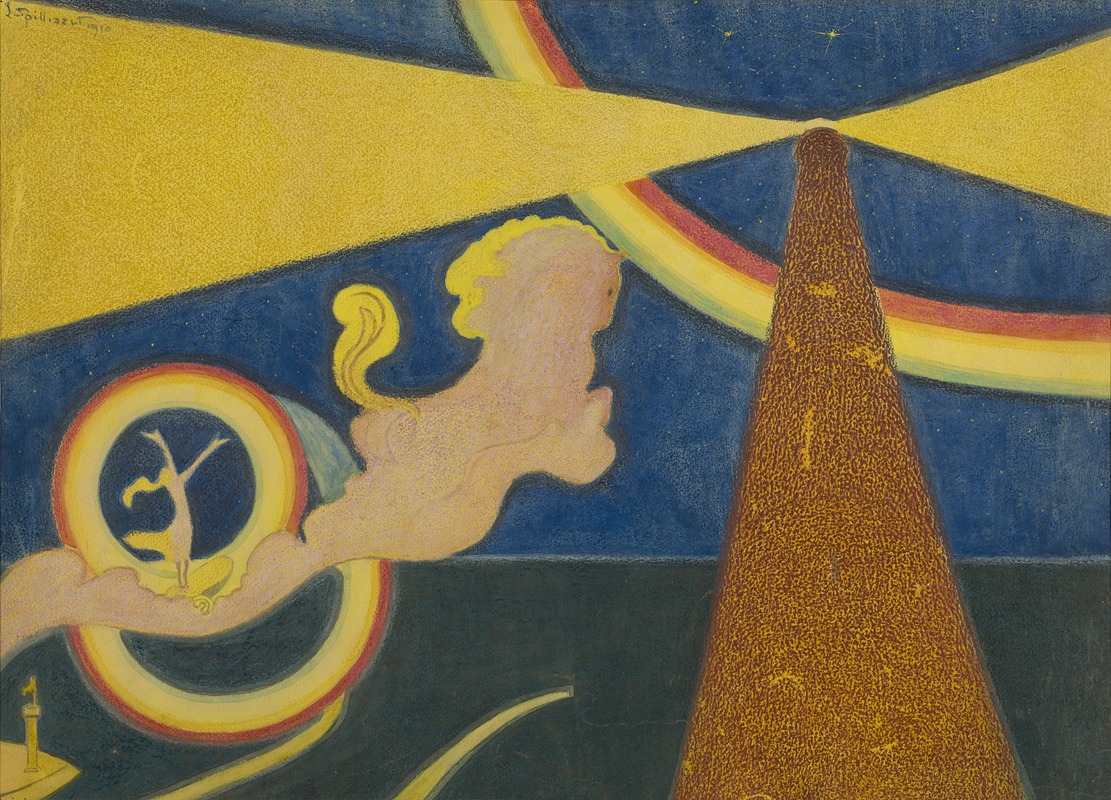
De vuurtoren
A hand-painted replica of Léon Spilliaert’s masterpiece De vuurtoren, meticulously crafted by professional artists to capture the true essence of the original. Each piece is created with museum-quality canvas and rare mineral pigments, carefully painted by experienced artists with delicate brushstrokes and rich, layered colors to perfectly recreate the texture of the original artwork. Unlike machine-printed reproductions, this hand-painted version brings the painting to life, infused with the artist’s emotions and skill in every stroke. Whether for personal collection or home decoration, it instantly elevates the artistic atmosphere of any space.
Léon Spilliaert was a Belgian symbolist painter known for his unique style that often combined elements of symbolism and expressionism. One of his notable works is "De Vuurtoren," which translates to "The Lighthouse" in English. Spilliaert's work is characterized by its moody atmospheres, introspective themes, and innovative use of color and form, and "De Vuurtoren" is no exception.
"De Vuurtoren" was created during a period when Spilliaert was deeply influenced by the coastal landscapes of Belgium, particularly the town of Ostend, where he spent much of his life. Ostend, being a coastal city, is known for its lighthouses, which often served as a source of inspiration for Spilliaert. The lighthouse in this painting is depicted with a sense of isolation and mystery, common themes in Spilliaert's work.
The painting showcases Spilliaert's ability to convey emotion through minimalistic yet powerful imagery. The lighthouse stands solitary against a stark, often dark background, emphasizing themes of solitude and introspection. Spilliaert's use of color is restrained, typically employing a limited palette that enhances the emotional impact of the scene. The interplay of light and shadow in "De Vuurtoren" is particularly striking, as it creates a dramatic contrast that draws the viewer's eye to the central figure of the lighthouse.
Spilliaert's technique often involved the use of gouache, watercolor, and ink, which allowed him to achieve a fluidity and depth in his work. In "De Vuurtoren," these mediums contribute to the ethereal quality of the painting, with the lighthouse appearing almost as a spectral presence within the landscape. This ethereal quality is a hallmark of Spilliaert's style, reflecting his interest in the metaphysical and the unseen.
The symbolism of the lighthouse in Spilliaert's work can be interpreted in various ways. It may represent guidance, hope, or a beacon in the darkness, aligning with the symbolist movement's focus on exploring deeper meanings and emotions. However, Spilliaert's interpretation often leans towards the introspective, using the lighthouse as a metaphor for solitude and the human condition.
"De Vuurtoren" is a testament to Spilliaert's skill in capturing the essence of his subjects with simplicity and depth. His work continues to be celebrated for its emotional resonance and its ability to evoke a sense of mystery and contemplation. Spilliaert's influence is evident in the way he has inspired subsequent generations of artists to explore the boundaries of symbolism and expressionism.
Today, Léon Spilliaert's works, including "De Vuurtoren," are held in high regard and can be found in various museums and private collections. His contribution to the art world is significant, as he remains a pivotal figure in Belgian art history, known for his distinctive approach and his ability to convey profound emotion through his art.








